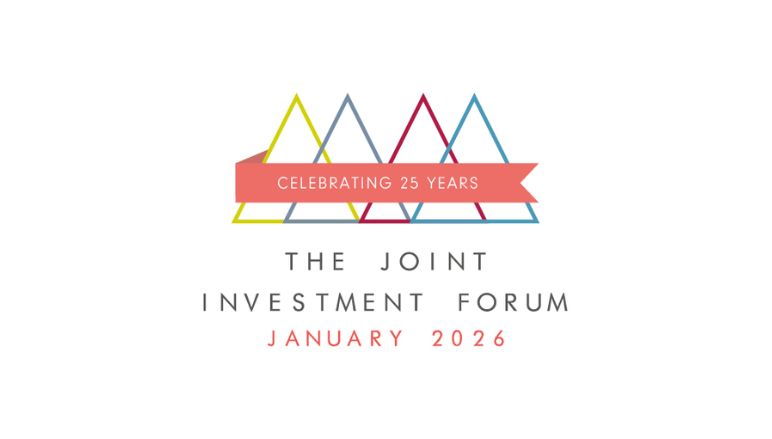Amid a slew of outlooks and predictions, what does the latest Calastone data reveal about sentiment at the start of 2025?
- The popularity for US equities is waning – but only a little
- The UK remains a tough option and outflows continue
- Emerging markets are a surprising area of strength
It is that time of year when everyone is feverishly speculating about what may lie ahead for global financial markets. This year, there is a lot to ruminate on – Trump’s increasingly wild foreign policy, the potential for tariffs, geopolitical tensions, and the fading hope of rate cuts. Inevitably, markets will surprise, and there will be factors that no-one had considered.
The latest fund flow data from Calastone might provide some clues for the months ahead. For example, it showed the popularity of the US is weakening, albeit from a high base. North American equities saw net inflows of £11.9bn over the year, but the final quarter of the year was the weakest, with inflows dropping to £421m in December.
Passive funds have also helped support the US technology giants. Investors directed £29.65bn to the index-trackers in 2024, more than in the previous four years combined, and withdrew £2.43bn from their actively managed counterparts. Calastone said this was the biggest difference on record – and there are no signs of it ebbing. More money is managing passively than actively in the US now, with the balance tipping over 50% in 2024. In the UK, it’s nearer a quarter, so there may be a way to go yet.
Investors take encouraging signs on the UK where they can, and the data suggests that poor sentiment towards the UK is easing, but not meaningfully. UK-focused equity funds saw £9.56bn in outflows in 2024. This was smaller than in 2023 (-£12.07bn), as other areas saw strong inflows, it was the worst relative performance. December’s net selling of £221m was, however, the least bad outflow since May 2021, barring the small inflow in November.
There were also surprising areas of strength. Emerging markets saw a revival, with the second best year on record. This may represent a tentative improvement in sentiment towards China following the announcement of a stimulus package in November. However, dedicated China and Asia-Pacific funds remained out of favour.
A final notable point is that enthusiasm for fixed income is waning. Investors may be responding to the sell-off in bond markets seen since the election of Donald Trump. There are fears that his policies will fuel inflation around the world, and they have dented expectations of further rate rises.
Where does that leave investors? There are few bargains in the US equity market, and investors may be starting to recognise that. The UK remains a speculative and risky option, but there may be early signs of a change. Emerging markets may be a safer choice for investment outside the US, with China’s revival encouraging investors back to the market. Yields are rising in fixed income, and there will come a point where investors may believe the risk is worth it, but it’s not happening yet.


















